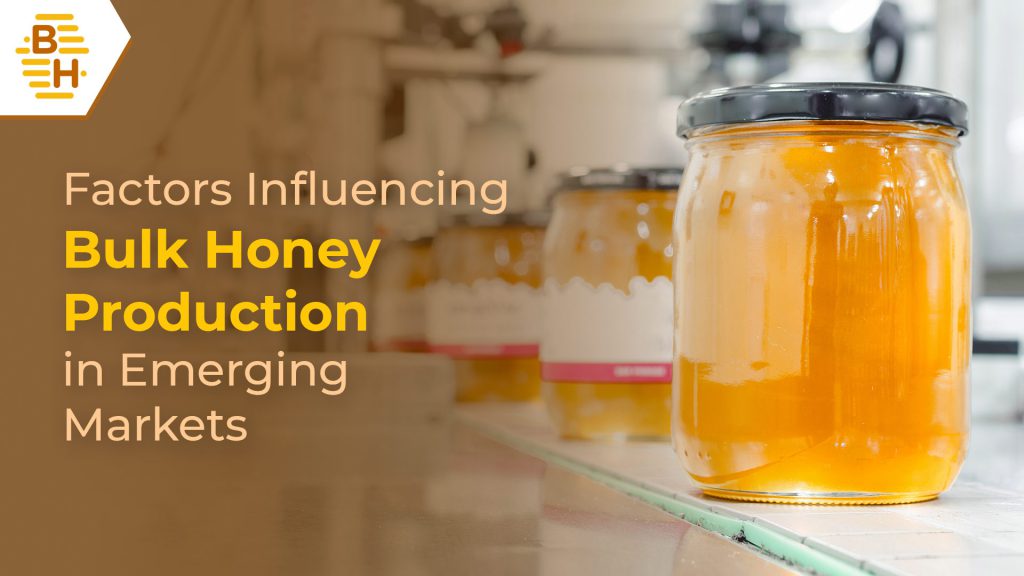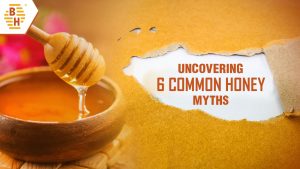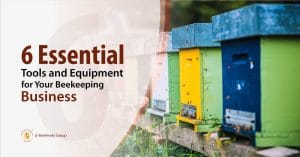Honey is an important commodity used around the world for its several health benefits. Researchers have proved time and again that honey contains some essential minerals, vitamins as well as antioxidants that can help improve our health if consumed regularly. Honey gets its antifungal, antibacterial, antiseptic, immune-boosting, antioxidant, and weight managing properties from the various nutrients and components present in it. But not all types of honey come with these natural properties. The organic raw variety features natural goodness, however, pasteurized unadulterated honey may lose these properties due to artificial sweeteners and overheating.
The huge demand for honey can be gauged by the global sales of natural honey in 2019. It amounted to $1.99 billion, with European countries leading the way by shipping honey worth $838.6 million, that’s roughly 42% of the overall international honey sales, as per World’s Top Exports. Asian exporters shipped 24.4% of the total honey, while Latin America (excluding Mexico but including the Caribbean) exported 13.5% of the global honey sales. China exported the highest dollar value worth of natural honey at $235.3 million in 2019.
India shipped natural honey worth Rs 732.1 crore ($99.6 million) or 5% of the global sales, making it the sixth-largest honey exporter in the world in 2019. The USA, the UAE, Saudi Arabia, Morocco, and Qatar are major importers of Indian natural honey. Between 2005 and 2018, the honey production in India increased by 200% to reach 1.05 lakh (105 thousand) metric tons.The industry grew at a CAGR of 10.9% between 2012 and 2019 and is projected to reach Rs 2086 crore (approx.$281 million) by the end of 2024, as per Khadi and Village Industries Commission (KVIC).
Factors Influencing Bulk Honey Production in India
The climate of India combined with multiple other factors such as availability of floral pasturage, agriculture on a large scale, bee fauna, and traditional beekeeping techniques make it a great destination for beekeeping. Let us look at some factors that influence bulk honey production in India.
Natural Habitat for Bees
Bees thrive in forests and tropical areas with plenty of feeding opportunities such as flowering plants in the vicinity. India’s forest cover of close to 712,249 square kilo meters that’s 21.67% of its total geographical area, make it the perfect place for bees. The plants and trees foraged by bees to produce natural forest honey varies by region. Additionally, bees feeding on the nectar available in the wilderness are healthier and tend to produce better-quality honey free of all types of agrochemicals.
Large-scale Agriculture
India has an arable land of 394.6 million acresand it is widely known that agriculture and beekeeping go hand in hand. The two complement each other as nectar is readily available at farmlands, while the crop yield increases due to the pollination services offered by bees. Most farmers in India keep bees near their farms to boost their yield and make an additional income.
Floral Diversity
India has a rich floral diversity due to its climate, topology, and habitat. There are close to 18,000 species of flowering plants in the country and over 50,000 species of plants including endemics, making it easier for bees to source nectar.
Flavors of Honey
The diverse flora of the country helps produce honey in a variety of different flavors, thus offering more options to organizations that buy honey in bulk. Some of the common varieties of natural honey in India include Rapeseed, Mustard, Eucalyptus, Lychee, Sunflower, Pongamia, Multi-flora Himalayan, Acacia, Wild Flora, Multi floral and Mono floral, which are sourced from different regions of the country owing to the diverse flora.
Bee Fauna
India is blessed with at least four honeybee species and three species of the stingless bees along with several sub-species and races. Apis dorsata, Apis cerana, and Apis mellifera are the main honey-producing bees in the country. The exotic honeybee has also been introduced in the Indian landscape. Collectively, these species form the bee fauna of India and contribute towards the growth of the natural honey industry of the country.
Practiced since Ancient Times
Beekeeping has been practiced in India since ancient times. Several different ways of rearing bees sustainably were also developed in the country back in the day. These include clay pots, tree trunks, wall niches, and boxes of various sizes.
Adoption of Modern Techniques
Indian beekeepers have also adopted modern bee rearing techniques. They now make use of all the modern equipment and tools that ensure sustainable beekeeping without harming the bees.
Along with generating employment and producing honey for consumption, beekeeping has multiple other advantages that include preserving the diversity of the flora and fauna and facilitating food production. The government of India is taking steps in the right direction for promoting beekeeping as a profession to boost honey production in the country. The number of bee colonies in the country has already crossed the 3.5 million mark and can be expected to increase further, thanks to the various initiatives introduced for professional beekeepers. In addition to this, companies like BeeHively Group are supporting beekeepers across India and promoting sustainable beekeeping in a bid to offer high-quality unadulterated honey to its customers around the globe.




